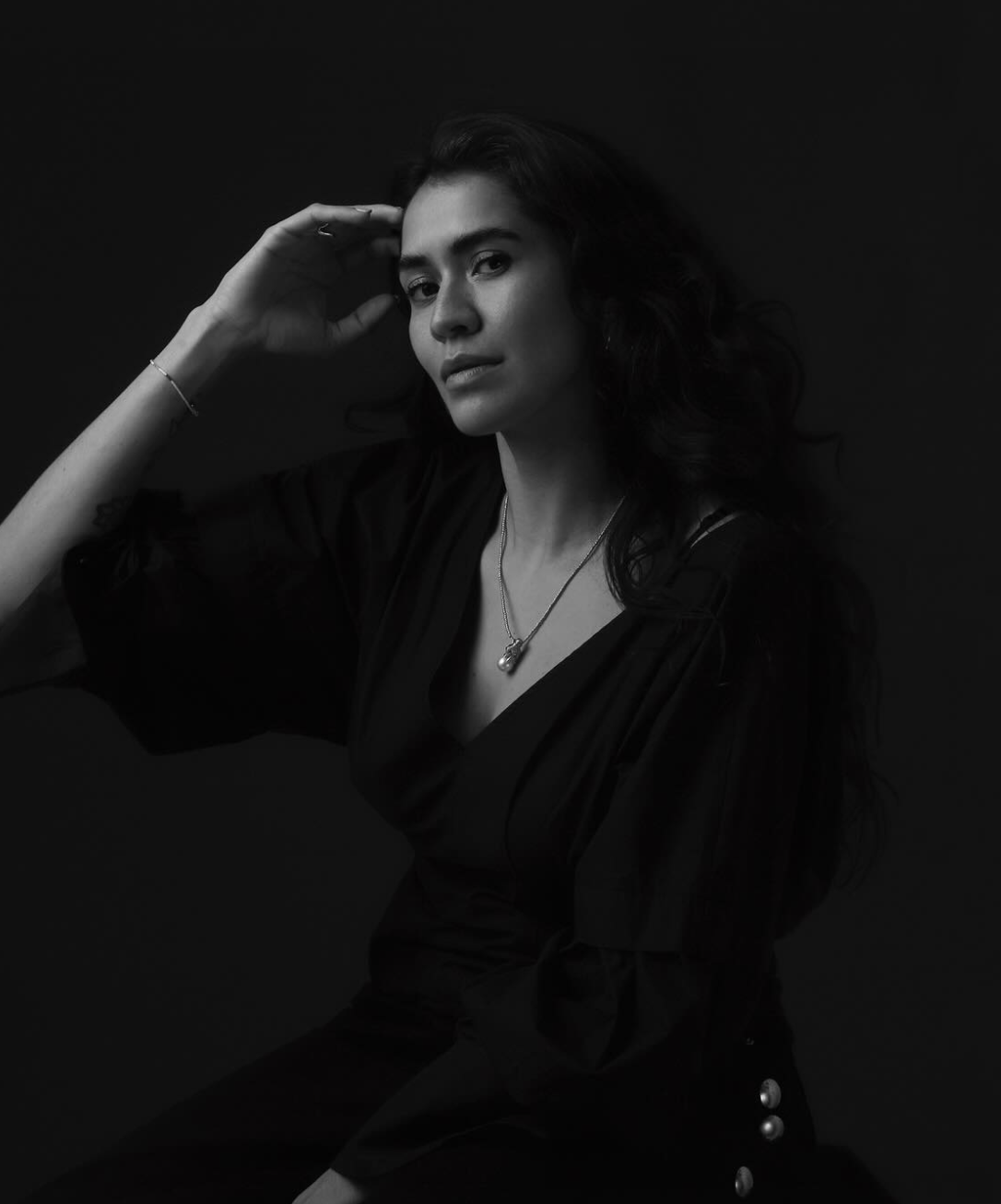

The first thing you see on the winding road into W Punta de Mita isn’t the sea but a block of rose-colored concrete rising from the jungle. That prism is RUBRA, the new kitchen-studio of Daniela Soto-Innes—the chef who conquered New York at Cosme at just 25 and who, at 34, has traded Manhattan’s roar for the hush of Nayarit’s waves.
After a voyage through Asia and the Yucatan Peninsula, she decided her next restaurant had to move to the rhythm of sun and tide. She laid out a 400-square-meter garden directly in front of the wood-fire line; minutes before each service, cooks harvest hoja santa, chiltepín and dragon-fruit blossoms that splash color onto the plates. The open kitchen—staffed almost entirely by women—thrums with cumbia and the crackle of mesquite embers.
The style is what she calls “tropical Mexican.” Picture jackfruit tiradito in fermented-habanero leche de tigre; smoked amberjack collar glazed with piloncillo–soy; heirloom-corn custard hidden under coconut foam and charred pineapple. Nothing tries to dazzle a critic; everything smells like the beach, tastes like a garden and crunches beneath bare feet like a seashell.
More than a menu, RUBRA is a manifesto. Stations rotate weekly, tips are split evenly, and wages beat local luxury-hotel norms. Named World’s Best Female Chef in 2019, Soto-Innes shuns hierarchy and leads through joy. “A happy kitchen tastes better,” she repeats while finishing a tamarind sauce over a still-smoking octopus.
Opened in December 2024, RUBRA is already a must-stop for surfers, gastronauts and travelers who collect destination dining experiences. Tables sell out weeks ahead, yet the chef insists the project isn’t about glamour but belonging: tending the garden, listening to the Pacific, tearing puffed tortillas with your hands.
Trained in Houston and later under Enrique Olvera,
her greatest teachers were coastal cooks who
taught her the tempo of beans and reverence
for golden plantains. That empirical wisdom now
mingles with Korean fermentations and Cosme’s
laser-sharp discipline: tortillas puffed at 250 °C and
ceviches that sparkle after 36-hour curing. RUBRA
is also a classroom; young cooks from San Blas
and Tepic learn that cuisine can speak in regional
accents and with a gender-aware voice.
And receive exclusive information to travel through Mexico in style!